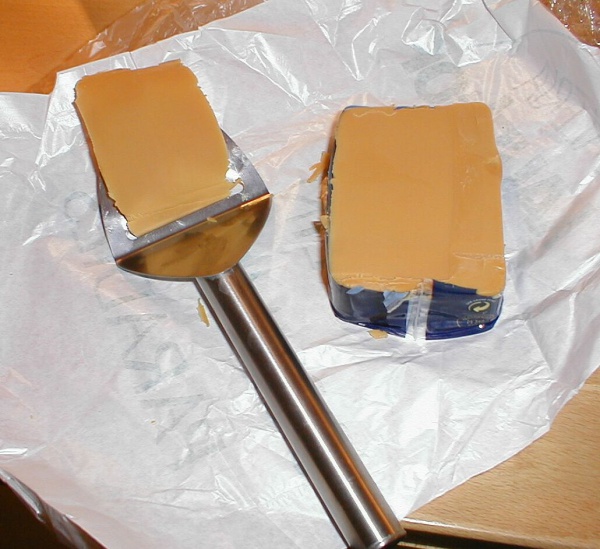Facts About Brunost
Brunost, also known as mysost, is a cherished Norwegian delicacy somewhat akin to cheese, crafted from whey, milk, and/or cream. When Norwegians talk about brunost, they are usually referring to Gudbrandsdalsost, the most renowned variety. This distinctive food is a cornerstone of Norwegian cuisine and culture, with origins dating back to the 1800s.
The modern iteration of brunost is credited to Anne Hov, a milkmaid from Gudbrandsdalen. She had the innovative idea to add cream to whey and boil the mixture, producing a firmer and richer product. This invention not only introduced a delightful new food but also revitalized the local economy, leading to its widespread popularity. Today, major dairy companies like Tine and Synnøve Finden produce various types of brunost, with Tine being the largest producer.
What distinguishes brunost is its sweet, caramel-like flavor and its firm, yet softer-than-cheese texture. Norwegians typically enjoy it as a topping for sandwiches, crispbread, and biscuits. It’s also a favorite on waffles and is incorporated into various recipes. Nutritionally, brunost is rich in calcium, proteins, and vitamins, although it is also high in sugar and fat, leading to some debate regarding its health benefits.
One noteworthy incident involving brunost occurred in 2013 when a truck carrying 27 tonnes of the cheese caught fire in a tunnel. The blaze caused significant damage and was dubbed "the goat cheese fire." This peculiar accident garnered international attention and was compared to other famous food-related mishaps.

 Russia
Russia